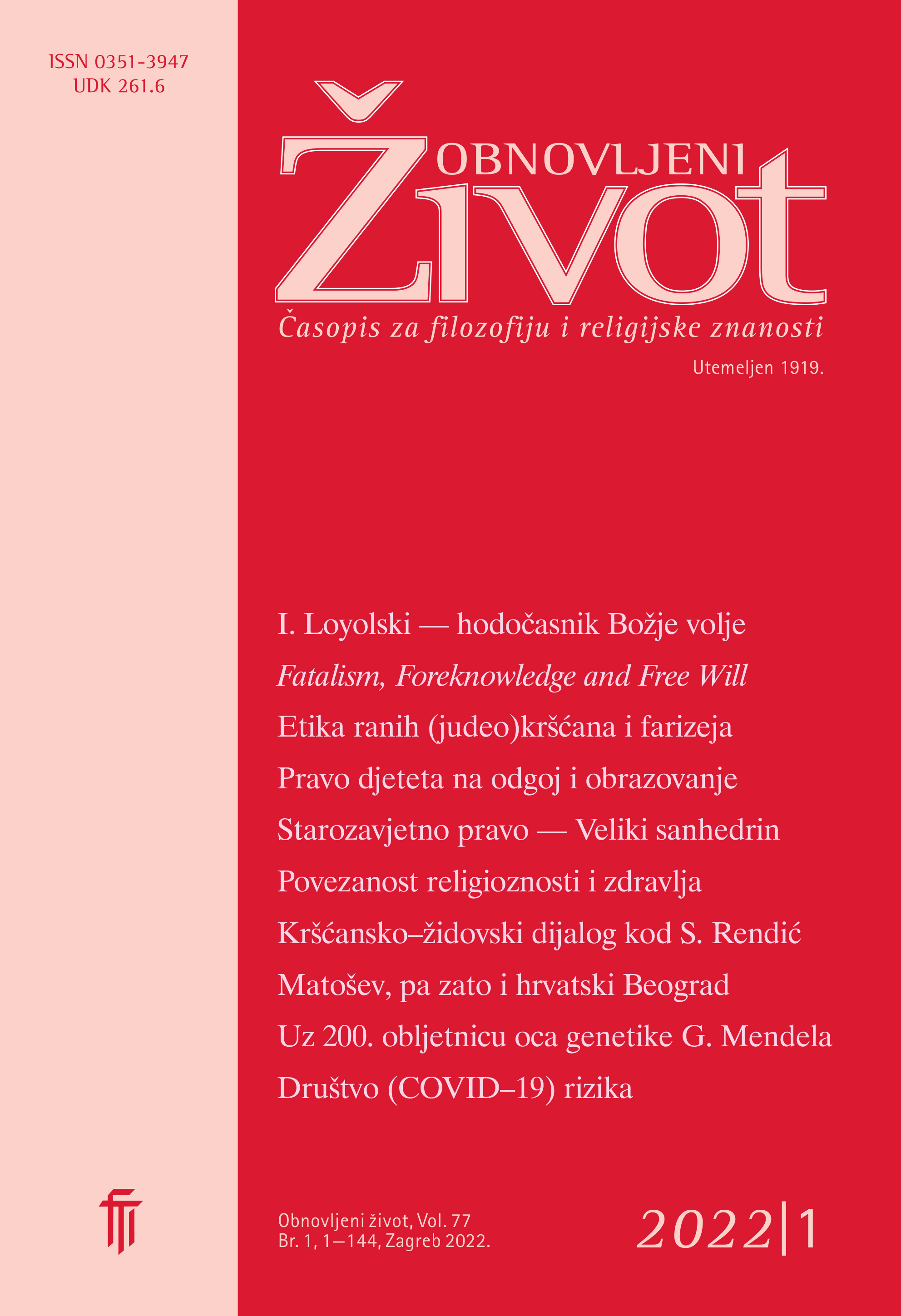On the Jewish–Christian Dialogue in the Encounter between Pharisaic and Jesus’ Ethics
Keywords:
Jewish–Christian dialogue, Hillel the Elder, School of Hillel, Pharisaic ethics, ethics of Jesus, Golden Rule, greatest commandment, humility, charityAbstract
The paper explores the ethics of the early (Jewish) Christians and Pharisees, two closely related Jewish sects at the beginning of the Common Era, through both Hebrew and classical philology as well as the comparative method within religious studies. It attempts to show that Jews and Christians can improve and complement their knowledge of their proper traditions and traditional values by means of a comparative study on the writings of the other’s tradition. The paper enumerates and explains five important distinctions between the Pharisaic Schools of Hillel and Shammai. Furthermore, it reconsiders the Hakamic movement as a peculiar phenomenon of the Second Temple period of which Hillel and Jesus, both teachers of wisdom and Jewish Law, were in fact representatives. It compares the formulations of the Golden Rule by Hillel, Jesus and the Didaché and argues that both Hillel and Jesus derived the Rule from their common oral tradition of Law. Its presence in the Oral Law is affirmed by Philo of Alexandria and the Book of Tobit. Moreover, the discussion in Mark 12 on the greatest commandment is interpreted as a pleasant encounter in dialogue between a scribe of Hillel’s School and Jesus. It is argued that this encounter illustrates how a fruitful Jewish–Christian dialogue can be based on the cognate heritage and values of Judaism and Christianity which are rooted in the Schools of Hillel and Jesus. This holds true especially for the way in which both Schools linked the pious way of life to high moral standards and love for one’s fellowmen.
Downloads
Published
Issue
Section
License
Jednom prihvaćeni članak obvezuje autora da ga ne smije objaviti drugdje bez dozvole uredništva, a i tada samo uz bilješku da je objavljen prvi put u Obnovljenom životu. Uredništvo će obavijestiti autora o prihvaćanju ili neprihvaćanju članka za objavljivanje.
Članci objavljeni u časopisu se, uz prikladno navođenje izvora, smiju besplatno koristiti u obrazovne i druge nekomercijalne svrhe.


